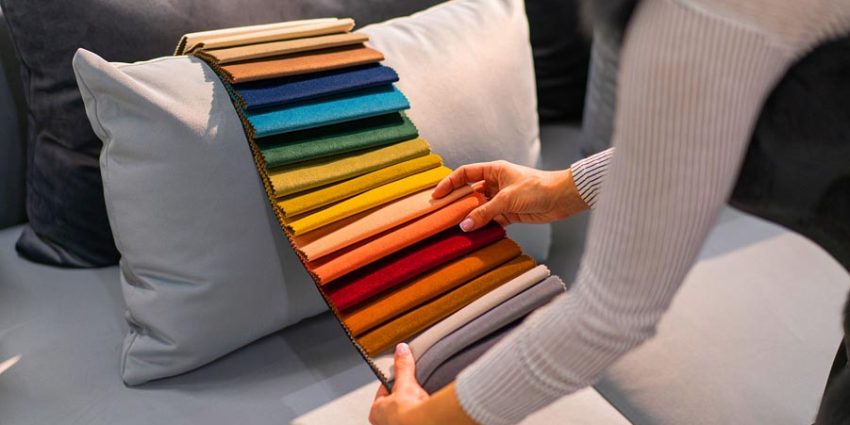Upholstery is the unsung hero of interior design, quietly influencing the mood and functionality of our spaces. It’s not just about comfort; upholstery weaves together the threads of texture, color, and style to create environments that resonate with our senses.
The Power of Texture
Texture is like the heartbeat of a room, adding depth and interest.
- Visual Interest:
Upholstery brings layers of texture that can dramatically change how a space feels. A plush velvet sofa invites you to sink in, while a sleek leather chair exudes sophistication. Each material tells a different story.
- Tactile Experience:
Beyond the visual, texture engages our sense of touch. Imagine running your fingers over a woven fabric or a smooth leather surface. The tactile variety enhances the overall experience of the space, making it inviting and engaging.
- Layering Textures:
Mixing textures can create a harmonious balance. Pairing a soft fabric with a rough wood accent can generate visual excitement. Think of a fluffy rug on a polished floor, inviting comfort while maintaining elegance.
Color’s Transformative Role
Color is a powerful tool that shapes the atmosphere of any space.
Different colors evoke different emotions. Warm colors like reds and oranges create an energetic vibe, while cool colors such as blues and greens can instill a sense of calm. Upholstery allows you to infuse these colors into your interior, setting the tone for the entire room.
Upholstery can act as a unifying element, tying together disparate design elements. For example, a vibrant chair can echo the colors of artwork or throw pillows, creating a seamless flow throughout the space.
Functional Aesthetics
Upholstery is not just about looks; it serves functional purposes too.
At its core, upholstery provides comfort. Whether it’s a plush couch for lounging or a supportive dining chair, the right upholstery enhances usability and elevates the overall experience of the space.
Choosing the right upholstery can also impact the longevity of your furniture. High-quality, durable fabrics stand up to wear and tear, ensuring that your investment lasts while maintaining its aesthetic appeal.
Designing with Upholstery in Mind
When designing a space, upholstery should be a key consideration.
- Choosing the Right Fabric:
Consider the room’s purpose. For high-traffic areas, opt for durable fabrics that are easy to clean. In quieter spaces, you might choose more delicate materials that enhance the serene atmosphere.
- Scale and Proportion:
Upholstery also plays a role in the scale and proportion of a room. Large, overstuffed furniture can make a space feel cozy, while sleek, low-profile pieces can create an airy feel.
- Mixing Patterns and Styles:
Don’t shy away from mixing patterns and styles. A contemporary couch paired with vintage patterned chairs can create an eclectic look that adds character to your space.
Conclusion
Upholstery is a vital component of interior design, influencing not only the aesthetic appeal of a space but also its functionality and atmosphere. By thoughtfully considering texture and color, you can elevate your environment, transforming it into a reflection of your personal style.
So, the next time you step into a room, take a moment to appreciate the upholstery. It’s not just fabric; it’s a design element that plays a crucial role in shaping the spaces we inhabit, blending comfort with creativity in delightful harmony.

